Have you ever heard of Sense?
It’s this cool energy monitor that tracks all of your electricity use in real time.
I’ve wanted to buy one since I first learned about Sense years ago. But I was nervous about dropping more than a hundred dollars on one because I couldn’t find any reviews of the Sense energy monitor that explained the installation and post-installation set up.
If you’ve been considering buying a Sense but wanted to know more about how they work, check out this review!
Get Gov Worker’s top 4 tips for federal employees!Table of Contents
- What is Sense?
- Can I install Sense myself?
- My experience detecting devices.
- Summary- Sense energy monitor review
Note:This post is not sponsored by Sense in any way. I actually reached out to Sense to see if they’d sponsor me to write a review of their energy monitor but they declined. However, I do use affiliate links to Sense in the review. If you click on one of these links and buy a Sense, I get a small percentage of the sale at no additional cost to you.
What is Sense?
If you’re reading this review of how to install the Sense energy monitor, I assume that you already know what Sense is and what it can do. However, I wanted to review how Sense works because it is such a cool piece of technology.
Sense is a device that tracks your electricity usage in real time. Through using Sense, you can find energy hogs in your house and save electricity. You can also set it up to notify you if there is any unusual behavior. For example- you can have it notify you if your refrigerator didn’t turn on for four hours.
The Sense connects to your WiFi router and can see your electricity use at any time on your phone. Additionally, Sense is smart enough to detect when you turn on certain devices in your home. Want to know how much electricity you use to make an espresso? Sense can tell you.
How does Sense work?
I saw a great comment on a social media post about the Sense. Someone said that Sense was “like Shazam for your electrical panel”. I couldn’t think of a better way to describe it to a non-engineer.
Sense is like “Shazam” for your electrical panel.
Technically, Sense combines an oscilloscope with machine learning to identify, detect, and track different devices in your home. The power companies supply alternating current to your house. When your devices uses electricity, the resulting waveform depends on the impedance of the device. Each devices causes slightly different shifts to the waveform.
The Sense continually measures your current waveform through a clamp-on ammeter on your electrical mains. Sense then uses unsupervised machine learning to teach itself what devices are in your house.
Ultimately, you don’t need to know how Sense works to use it to minimize your home energy use. But maybe you should know about it because it is so cool.
What does Sense do that other energy monitors cannot?
When I was talking about buying a Sense on Twitter, someone asked me why I just didn’t buy a Kill-a-Watt plug in meter. Sure one of these devices can help you monitor the electricity use of one device, but they are extremely limited.
I wanted to answer big energy questions about my house.
Like- how much energy does my clothes dryer use?
and
How much money could I save if I replaced my water heater with a heat pump water heater?
Both the clothes dryer and the water heater draw more than 20 amps at 240V current. They’re much too large to measure with the Kill-a-Watt which can only handle at most 15 Amps.
Beyond the fact that Kill-a-Watt can only measure small appliances, there is the issue of data collection.
With the Sense I can pull out my phone and get reports for the energy use for any device in my house over the past days, weeks, or months. In contrast, with the Kill-a-Watt, you’d need to record a lot of notes about how much power devices use and estimate how often you used them over time.
So yes, you can measure the energy use of some devices in your house without buying a Sense. But a Sense is so much more powerful than a simple energy measuring devices that you can’t compare them.
Can I install Sense myself?
Note:This is a personal blog and is written for entertainment purposes and is not legal advice, or advice on electrical wiring. The safest course of action is to have a licensed electrician install anything in your electrical panel.
The Sense installation instructions recommend that you have a licensed electrician install Sense. The Sense energy monitor is installed directly inside of your electrical panel. You should have a healthy fear of working inside of your electrical panel because the mains are always energized even if you cut the main breaker.
With that being said, I installed my Sense myself in less than 10 minutes. If you have experience doing wiring projects in your home, you can likely install Sense yourself with little difficulty.
Review of my experience installing the Sense Energy Monitor.
I was able to install the Sense in less than 10 minutes. I thought about making a YouTube video of how easy the installation was. But then I was worried about the legal implications of making an instructional video. (What if someone got a bad electrical shock because they didn’t know what they were doing after watching one of my videos?)
Rather than walk you through the installation process, I refer you to the Sense installation guide. The guide is extremely thorough and I found it very easy to follow. One important thing to know is that you need to add a 240V breaker to the panel (so you’ll want to have 2 open slots).
Although, to be fair I have a lot of home wiring experience. If you’ve never opened your electrical panel before, I strongly recommend hiring a professional to do it. The cost would be relatively minor since they’ll be able to install it so quickly.
My experience detecting devices.
While there are lots of reviews on the web about the Sense energy monitor, I couldn’t find any answers to questions I actually had.
I wanted to know things like:
- How long does it take for Sense to detect devices in my house?
- Will Sense really track all of the devices in my house?
- How can I help Sense identify which devices are turning on and off?
- What if Sense can’t tell the difference between different appliances?
So I thought I’d just go ahead and share my own experiences with these questions.
How long does it take for Sense energy monitor to detect devices in my house [review of my experience]
The Sense website is extremely coy about this. They refuse to give you any sort of timeframe of how long you’ll need to wait to start getting data from your Sense. Instead, they say things like, the longer you use Sense, the more it will learn about your home and better it will get at detecting data.
While I can’t speak for all Sense users, I can talk about my experiences over the first month.
Lights
The first devices that was detected was my refrigerator light. That showed up after about 2 days. Readers, let me tell you that I don’t care about how much electricity the light in my fridge uses. This was a major disappointment.
Why was this the first device detected? I think that the refrigerator light might be the only incandescent lightbulb I have in the house. Incandescent lightbulbs have a very unique electrical signal so they’re probably easy to detect.
I installed energy efficient LED lights throughout my house. In contrast to incandescent bulbs, LEDs are hard to detect since LEDs run off of DC power. Their electrical signal just looks like rectifier, similar to a laptop or TV power supply.
Writing this review after 1 month, the Sense energy monitor has identified lights in my refrigerator, freezer, and basement. (I installed a ton of LED lights on the same switch last summer). I don’t have a lot of hope that the rest of my lights will ever get identified. However, lighting uses a very small amount of power in my house.
Appliances
Within the first week, the Sense had identified our refrigerator and two chest freezers. Refrigerators produce a unique signature; I wasn’t surprised the Sense could tell that a fridge or freezer turned on. However, I was impressed it could identify each one separately.
This was one of our biggest wins. I learned that one of our chest freezers uses twice as much electricity as the other one. At the end of the summer when we have lots of produce, both freezers are full. However, this time of year, we only need one freezer. We were able to move all of our produce into the freezer that used less energy.
Beyond that, the Sense has identified 17 total devices within the first month. I was surprised that it took over a week to identify our electric water heater (It’s the only heating element in my house that uses anywhere close to 4800 W).
Will Sense really track all of the devices in my house?
After 1 month of use, I still can’t answer this question. My guess is that Sense will never be able to identify all of my LED lights in the house. Furthermore, despite trying to retrain it, it still confuses (or conflates) different appliances in my kitchen.
Honestly, I didn’t expect it to get everything right. However, it would be nice if it knew a little bit more about my house. One nice features is that you can see a graph of your power use at any time from the Sense app.
I’d love to be able to just whip out my phone to see if the kids left any lights on around the house. Instead, I get this big grey blob. About half of my power use is “other” but I have no idea if we are wasting power on something left on inadvertently or if someone is using a device.
How can I help Sense identify which devices are turning on and off?
Unfortunately, you can’t input any information into the Sense. The Sense trains itself through “unsupervised machine learning”. I would love to be able to give Sense clues when I turn on a device. For example, you can see on your power meter when you turn on a device. I’d love to tell Sense that I had just turned on my dishwasher.
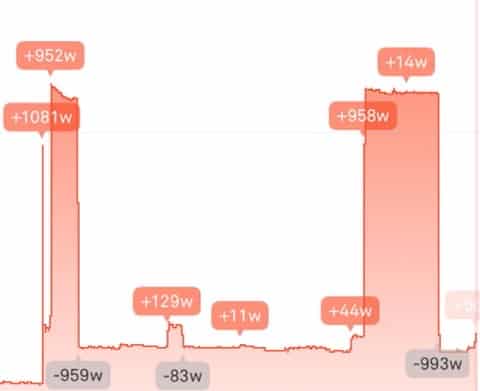
Obviously, the Sense uses the whole waveform and not just the simplified power meter on the app to detect devices. However, I would think that if you could notify Sense when you turn certain appliances on and off that could only help the machine learning algorithms.
You can however help Sense learn faster by using the device in a typical fashion. For example, running the clothes dryer after the washing machine. Sense looks not just at the electrical signature but also how the device is used in relation to your total power usage. Therefore, if you turn your microwave on and off 100 times to teach Sense about your microwave, that will only confuse it.
What if Sense can’t tell the difference between different appliances?
Before I bought the Sense, I was afraid that I would buy it and not get useful data. I doubted that the Sense could detect all of my devices in my house. In writing this review of the Sense energy monitor after using it for one month, I have been impressed with how well it works.
The Sense has detected almost all of the devices that we regularly use. I’m still waiting for it to detect our boiler pump and our gas fireplace blower. The Sense still has not found our clothes dryer but we hardly ever use it. In fact, I think I will need to use our clothes dryer more over the course of a couple of weeks to finish my blog post about clothes dryer energy use.
Inseparable devices
In addition, the Sense detected nearly all of our devices correctly. The only devices that it could not separate were the espresso machine and the instant pot. Sense originally detected a heating element, which I later matched to my espresso machine. However, I noticed weird behavior. The Sense told me that my espresso machine was turning on frequently before dinner (which I later identified as the instant pot).
I contacted Sense’s customer support and they looked at the raw data from my Sense. They told me that these devices had very similar signatures but they thought Sense could differentiate them. Customer support suggested that I “delete” the device from Sense’s memory and have it re-learn these devices.
Even though I followed their recommendations, the Sense still identifies these devices as the same thing. It could be that the heating elements in my espresso machine and instant pot are very similar (if not the same heating element!). Overall, this does not bother me very much; both the instant pot and espresso machine are similar kitchen appliances.
Mystery devices
What’s more troublesome is that I have not been able to identify several devices that the Sense has detected. I have not been able to determine what these mystery devices are since they don’t match any of our family’s behaviors. I also could not figure out which appliance may be drawing these phantom loads.
Ultimately, I hope to play detective and identify these mystery devices. These mystery devices are another great reason that a Sense is so much more powerful than a Kill-A-Watt. If you don’t know that a device is drawing power, you can’t plug it into an energy monitor!
Summary- Sense energy monitor review
I really enjoy using the Sense energy monitor. To be honest, I am an absolute nut about home energy and this is a toy I’ve dreamt about having for a long time. If you want to get better at saving money, you need to all track your expenses with an app like CountAbout. If you want to get better at saving energy, you need data, and Sense can get you that data.
Do you have a Sense? Did you enjoy this review? Tell me all about it on Twitter.

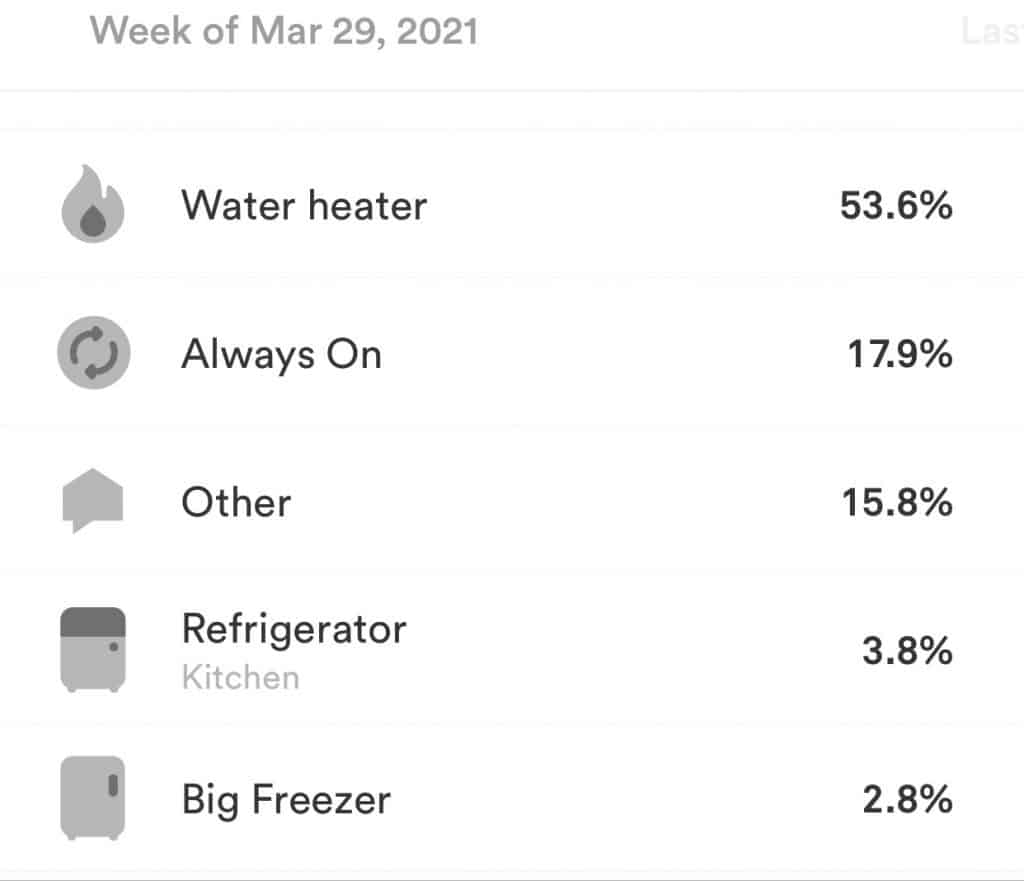
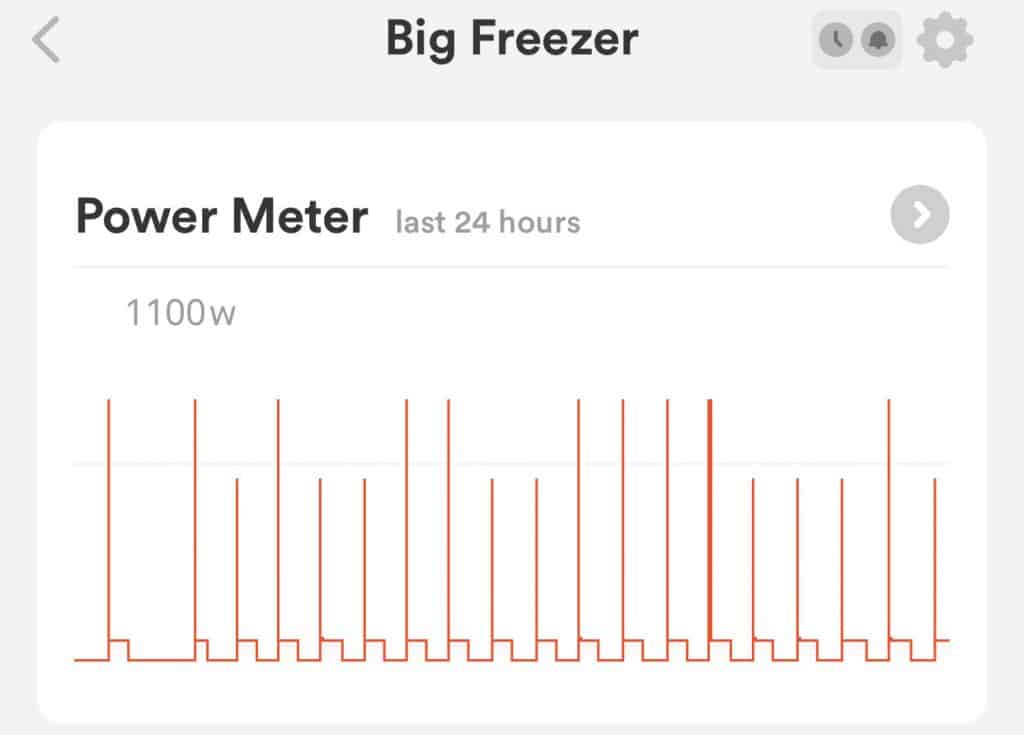
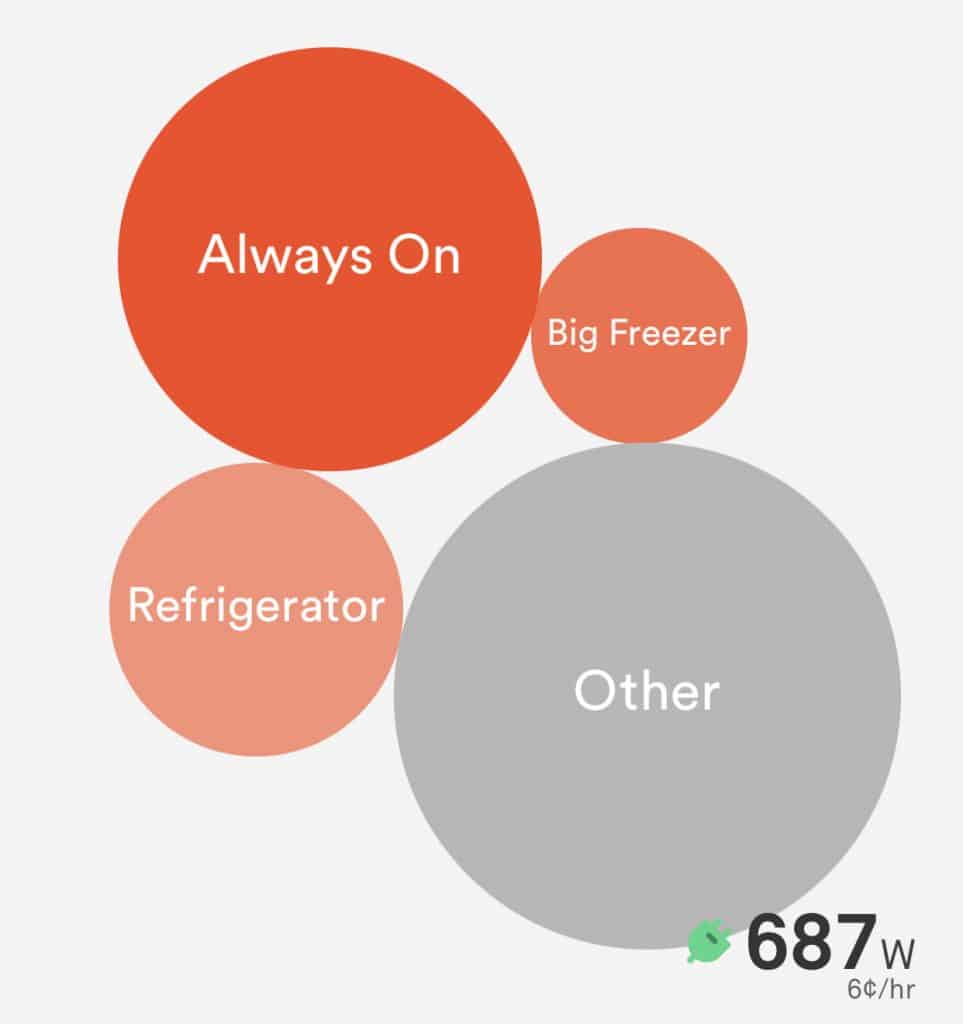
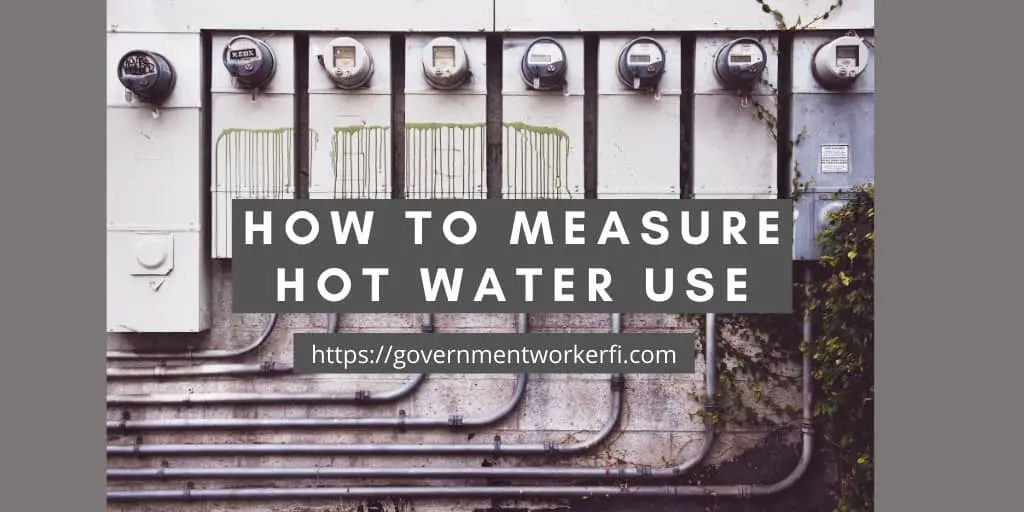
![How To DIY An Off Peak Hot Water Heater [Save Money]](https://cdn-0.governmentworkerfi.com/wp-content/uploads/2021/02/how-to-DIY-an-off-peak-hot-water-heater.jpg)
![How Much Energy Does a Clothes Dryer Use? [Surprising Facts You Need To Know]](https://cdn-0.governmentworkerfi.com/wp-content/uploads/2021/11/clothes-dryer-energy-use-bannerNov21.jpg)
